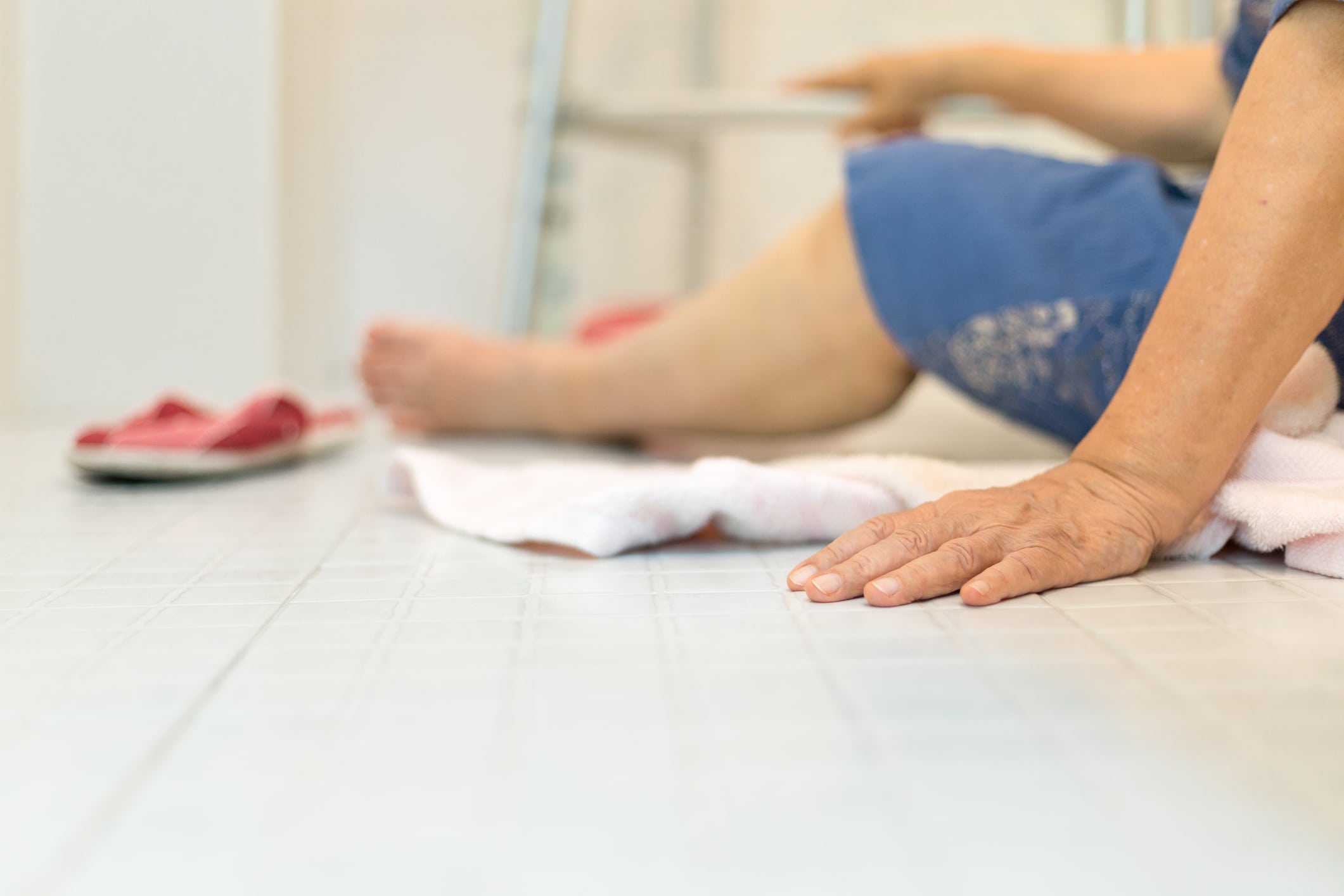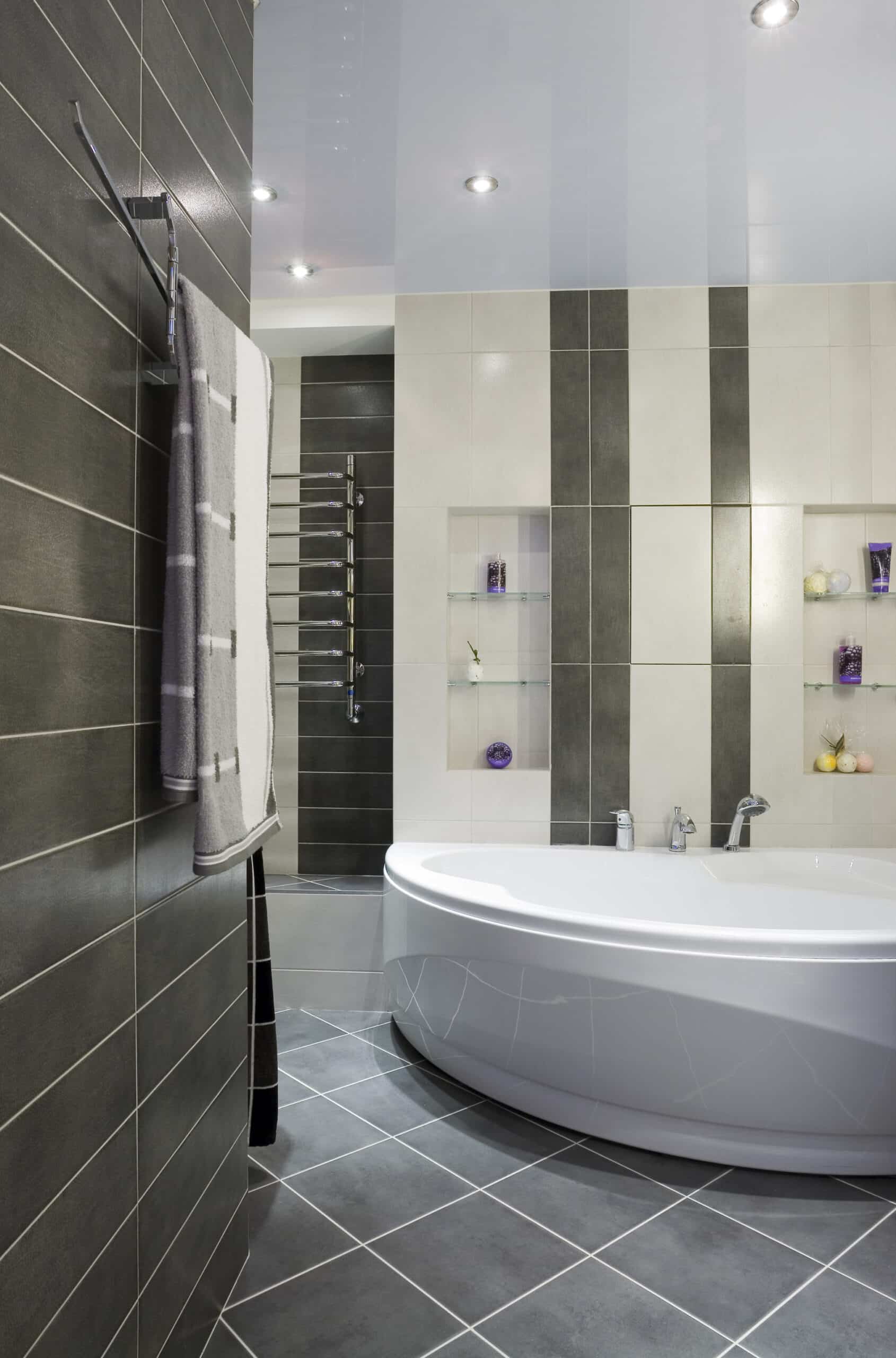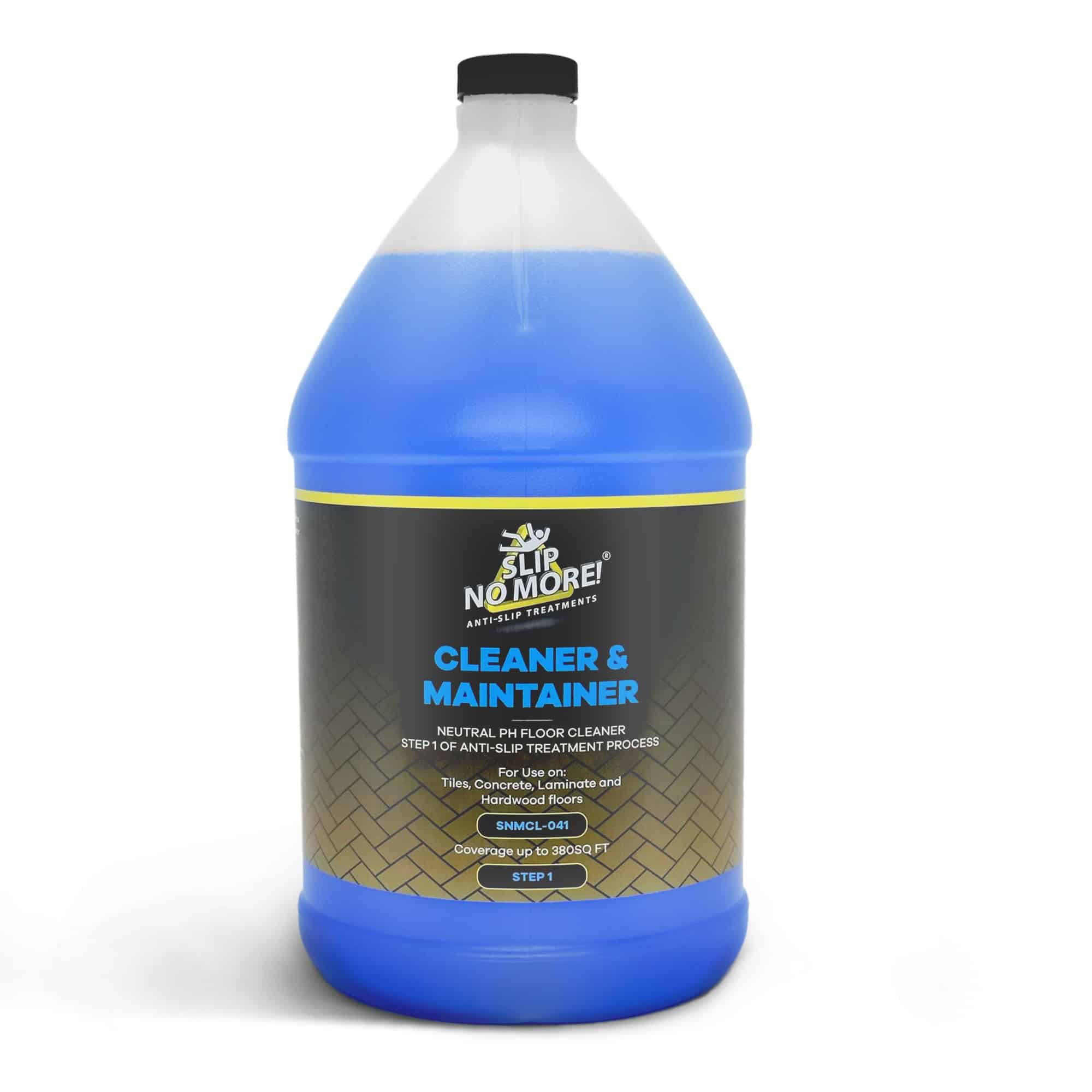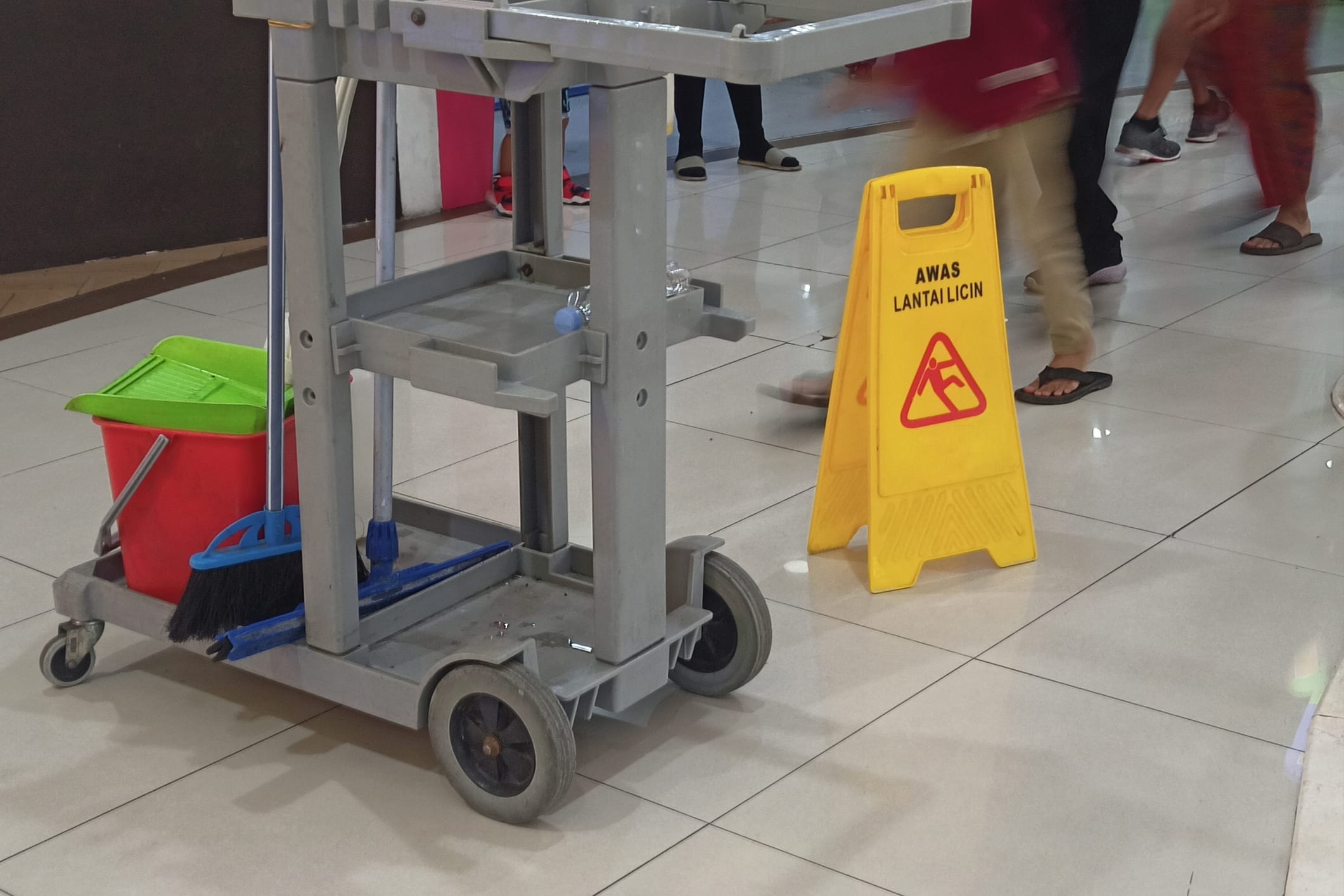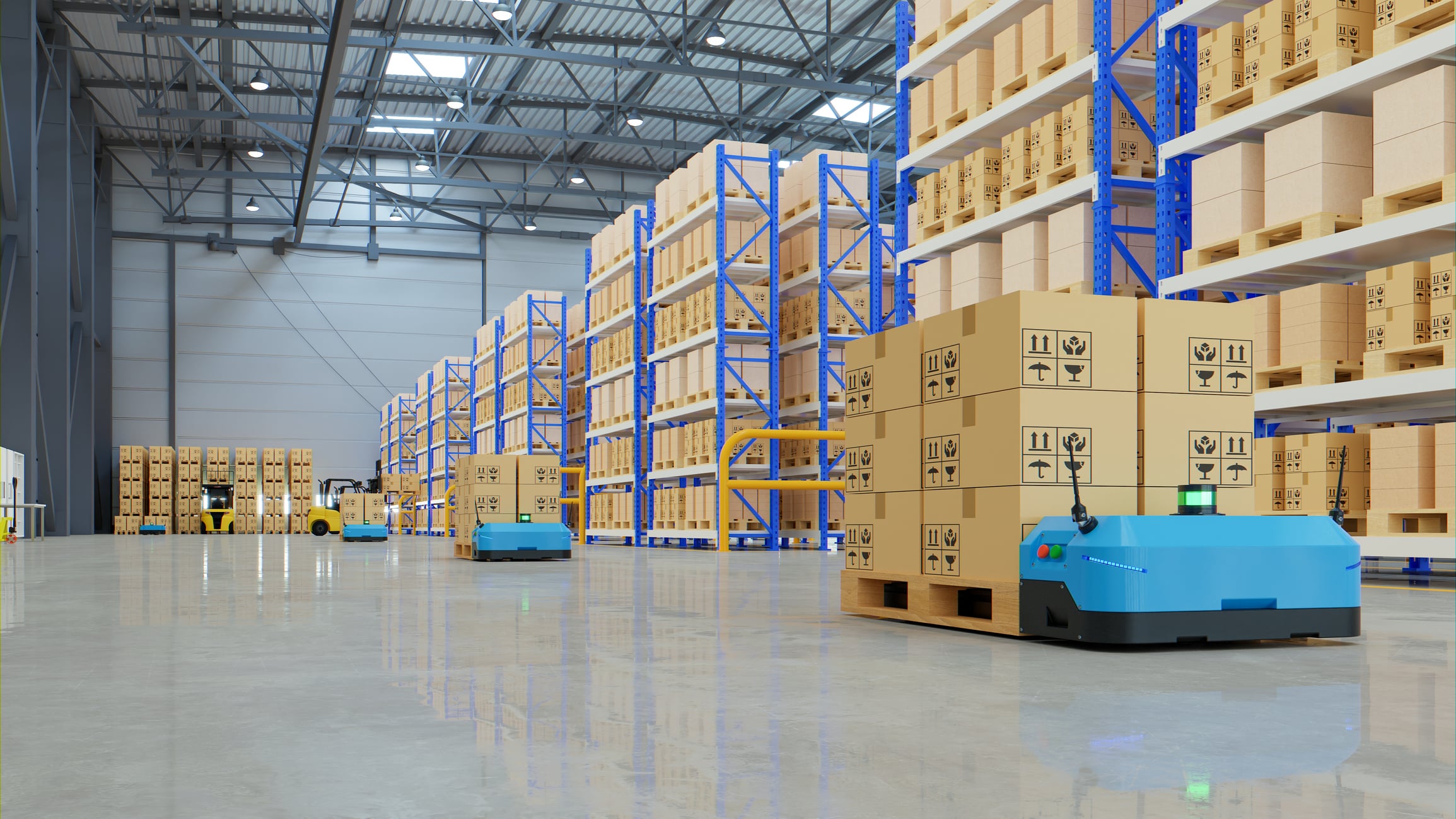Welcome to the ultimate guide to anti-slip flooring products! Accidents can happen anywhere, but they can be easily prevented with the right precautions in place. Whether at home, in the workplace, or in public spaces, anti-slip flooring is essential to ensure the safety of yourself, your loved ones, and those around you.
With our comprehensive guide, you will discover everything you need to know about anti-slip flooring products. From understanding the different types of anti-slip flooring products available to learn how to install and maintain them correctly, we’ve got you covered.
Our brand’s expertise in this field enables us to provide accurate and insightful information backed by years of experience. We understand the importance of balancing functionality and aesthetics when choosing the perfect anti-slip flooring product solution.
So, whether you’re a homeowner, business owner, or property manager, join us as we delve into the world of anti-slip flooring products and discover how they can help you prevent accidents and create a safer environment for everyone. Let’s make safety a top priority together!
The importance of anti-slip flooring products
Slip and fall accidents are a leading cause of injuries in residential, commercial, and public spaces. These accidents can result in broken bones, head injuries, and even fatalities. Installing anti-slip flooring products is one of the most effective ways to prevent such accidents.
Anti-slip flooring products provide high traction, reducing the risk of slips and falls. It is designed to create friction between the surface and the shoes, making it easier for people to maintain their balance. This is especially important in wet areas, such as bathrooms, kitchens, swimming pool decks, and outdoor walkways.
Anti-slip flooring protects individuals from injuries and minimizes liability for property owners. Property owners can avoid costly legal battles and insurance claims by proactively preventing accidents.
When considering the importance of anti-slip flooring products, it’s crucial to recognize that accidents can happen to anyone, regardless of age or physical ability. Investing in anti-slip flooring products creates a safer environment for everyone, including children, seniors, and people with mobility challenges.
Types of anti-slip flooring materials
Various materials are available for anti-slip flooring products, each with unique features and benefits. Understanding the characteristics of these materials can help you make an informed decision when choosing the right flooring solution for your specific needs.
1. Rubber Flooring: Rubber is popular for anti-slip flooring products due to its excellent slip resistance and durability. It provides a comfortable and shock-absorbent surface, ideal for areas with high foot traffic, such as gyms, playgrounds, and hospitals. Rubber flooring is available in a wide range of colors and designs, allowing you to customize the look of your space while ensuring safety.
2. Vinyl Flooring: Vinyl flooring is another versatile option for anti-slip surfaces. It offers good slip resistance and is resistant to moisture, making it suitable for areas prone to spills and water splashes, such as kitchens and bathrooms. Vinyl flooring is easy to clean and maintain, making it a popular choice for residential and commercial applications.
3. Epoxy Flooring: Epoxy coatings are a durable and long-lasting solution for anti-slip flooring products. They can be applied over surfaces, including concrete, to create a seamless, slip-resistant finish. Epoxy coatings are commonly used in industrial settings, warehouses, and garages, where heavy machinery and vehicles are present.
4. Ceramic or Porcelain Tiles: Ceramic and porcelain tiles are known for their aesthetic appeal and durability. They can be an excellent choice for anti-slip flooring products when adequately textured. Choosing tiles with a slip-resistant rating is essential to ensure maximum safety.
Remember, when selecting the suitable material for your anti-slip flooring products, consider factors such as the area’s function, expected foot traffic, and exposure to moisture or chemicals. It’s always advisable to seek professional advice to ensure you choose the most suitable material for your specific needs.
Factors to consider when choosing anti-slip flooring
Choosing the right anti-slip flooring products for your space requires careful consideration of several factors. By evaluating these factors, you can ensure that the flooring solution you select meets your safety requirements while complementing the overall design of your space.
1. Slip Resistance: The primary purpose of anti-slip flooring products is to provide traction and reduce the risk of slips and falls. When evaluating flooring options, consider the slip resistance rating of the material. The coefficient of friction (COF) measures slip resistance, and higher values indicate better traction. Look for materials with a high COF to ensure maximum safety.
2. Durability: The durability of the anti-slip flooring products is crucial, especially in high-traffic areas. Consider the expected foot traffic, impact resistance, and the potential for exposure to chemicals or moisture. Choose a material that can withstand the demands of your specific environment to ensure a long-lasting and effective anti-slip solution.
3. Maintenance Requirements: Different flooring materials have varying maintenance needs. Consider the ease of cleaning and maintenance when selecting your anti-slip flooring products. Some materials may require regular sealing or specific cleaning products, while others are more low-maintenance. Choose a flooring solution that aligns with your maintenance capabilities.
4. Aesthetics: While safety is the primary concern, aesthetics also play a significant role in the overall design of a space. Fortunately, anti-slip flooring products are available in various colors, patterns, and textures, allowing you to create a visually appealing environment without compromising safety. Consider the existing design elements and choose a flooring material that complements the overall aesthetic.
Remember, the factors mentioned above are just a starting point. It’s always advisable to consult with professionals who specialize in anti-slip flooring products to ensure you make a well-informed decision based on your specific requirements.
How to assess the slip resistance of flooring products
Assessing the slip resistance of flooring is essential to ensure the effectiveness of your anti-slip measures. Here are some methods commonly used to determine the slip resistance of flooring materials:
1. Pendulum Test: The pendulum test is widely recognized for measuring slip resistance. It involves swinging a pendulum with a rubber slider across the flooring surface and measuring the friction generated. The results are then compared to standard values to determine the slip resistance rating.
2. Coefficient of Friction Testing: Coefficient of friction (COF) testing measures the force required to move an object across a flooring surface. The COF is calculated by dividing the horizontal force by the vertical force. Higher COF values indicate better slip resistance.
3. Wet and Dry Testing: Slip resistance can vary under wet and dry conditions. Testing the flooring material in wet and dry conditions can provide a comprehensive understanding of its slip-resistance performance. This testing is essential for moisture-prone areas like bathrooms and swimming pool decks.
It’s important to note that qualified professionals should conduct slip resistance testing using standardized testing methods and equipment. These professionals can provide accurate assessments and recommendations based on the specific requirements of your space.
Installation and maintenance of anti-slip flooring
Proper installation and regular maintenance are crucial for ensuring the long-term effectiveness of anti-slip flooring. Here are some guidelines to follow:
1. Professional Installation: anti-slip flooring products should be installed by experienced professionals familiar with the material being used. Improper installation can compromise the slip resistance and durability of the flooring. Ensure that the installation team follows manufacturer guidelines and industry best practices.
2. Regular Cleaning: Regular cleaning is essential to maintain the slip resistance of your flooring. Remove any spills or debris immediately to prevent slips. Use appropriate cleaning agents and methods recommended by the manufacturer to avoid damaging the anti-slip properties of the flooring products.
3. Periodic Inspections: Conduct regular inspections to identify any signs of wear, damage, or loss of slip resistance. Address any issues promptly to prevent accidents and ensure the longevity of your anti-slip flooring products. Consult with professionals to determine the recommended frequency of inspections based on your specific environment.
4. Repair and Replacement: Over time, anti-slip flooring products may require repairs or replacement due to wear and tear. It’s essential to address any damaged areas promptly to maintain the safety and effectiveness of the flooring. Consult with professionals to determine the most suitable repair or replacement options for your flooring material.
Remember, proper installation and regular maintenance are essential for ensuring the longevity and effectiveness of your anti-slip flooring products. By following these guidelines, you can create a safe environment that minimizes the risk of accidents.
Case studies: Successful implementation of anti-slip flooring
Real-life case studies can provide valuable insights into successfully implementing anti-slip flooring products. Here are a few examples:
1. Hotel Chain: A renowned hotel chain implemented anti-slip flooring products in its bathrooms and swimming pool areas. Doing so significantly reduced the number of slip and fall accidents, enhancing guest safety and satisfaction. The aesthetically pleasing flooring options also complemented the hotel’s overall design.
2. Manufacturing Facility: A manufacturing facility installed epoxy coatings on its production floor to improve slip resistance and employee safety. The anti-slip flooring products reduced the number of workplace accidents and improved overall productivity. The durability of the epoxy coatings also ensured long-term cost savings for the facility.
3. Shopping Mall: A busy shopping mall replaced worn-out ceramic tiles with slip-resistant vinyl flooring. This not only improved safety for shoppers but also reduced the liability risks for the mall management. The new flooring solution was easy to clean and maintain, ensuring a pleasant shopping experience for visitors.
These case studies highlight the positive impact of anti-slip flooring products in various settings. By implementing the right flooring solution, businesses and property owners can create a safer environment for their customers, employees, and visitors.
Common industries and areas that benefit from anti-skid flooring
anti-slip flooring products are beneficial in a wide range of industries and areas. Here are some common examples:
1. Hospitality: Hotels, resorts, restaurants, and cafes can significantly benefit from anti-slip flooring in bathrooms, kitchens, and outdoor dining spaces. Enhanced safety measures protect guests and contribute to a positive customer experience.
2. Healthcare: Hospitals, clinics, nursing homes, and assisted living facilities require anti-slip flooring products to minimize the risk of falls, especially in areas such as patient rooms, bathrooms, and corridors. Anti-slip flooring products ensure the safety and well-being of patients, staff, and visitors.
3. Retail: Retail stores, shopping malls, and supermarkets can benefit from anti-slip flooring products in high-traffic areas such as entrances, walkways, and restrooms. These establishments create a positive shopping experience for their customers by prioritizing safety.
4. Education: Schools, colleges, and universities should prioritize safety by installing anti-skid flooring products in classrooms, laboratories, and sports facilities. This protects students, faculty, and staff from accidents, ensuring a conducive learning environment.
5. Industrial: Manufacturing facilities, warehouses, and factories require anti-slip flooring products to maintain employee safety. Slip-resistant surfaces reduce the risk of accidents caused by spills, wet conditions, or oil/grease contamination.
These are just a few examples of industries and areas that benefit from anti-slip flooring products. However, any space with the potential for slips and falls can benefit from installing anti-slip flooring products.
Regulations and standards for non-slip flooring
Various regulations and standards govern the slip resistance requirements for different industries and environments. Here are a few examples:
1. Occupational Safety and Health Administration (OSHA): OSHA provides guidelines and regulations to ensure workplace safety. While OSHA does not have specific regulations for slip resistance, employers are required to provide a safe working environment. Compliance with industry standards for slip resistance is often recommended to meet OSHA requirements.
2. Americans with Disabilities Act (ADA): ADA sets standards for accessibility in public spaces, including requirements for slip resistance. The ADA recommends minimum slip resistance values in walkways, ramps, and other accessible areas.
3. International Building Code (IBC): The IBC provides regulations for the construction and design of buildings, including guidelines for slip resistance. Compliance with IBC standards ensures that buildings meet safety requirements.
When considering anti-slip flooring products, it’s essential to consult the relevant regulations and standards specific to your industry and location. Compliance with these regulations ensures safety and minimizes legal and liability risks.
Tips for preventing accidents in the workplace
In addition to installing anti-slip flooring products, businesses can take several other measures to prevent workplace accidents. Here are some tips:
1. Employee Training: Provide comprehensive training on proper safety procedures, including navigating slippery surfaces and identifying potential hazards. Encourage employees to report any issues or concerns promptly.
2. Regular Inspections: Conduct regular inspections to identify and address potential slip and fall hazards. This includes checking for spills, loose mats, damaged flooring, or other obstructions. Promptly repair or replace any damaged flooring or equipment that poses a safety risk.
3. Clear Signage: Use clear signage to alert employees and visitors to potential slip and fall hazards. Place warning signs near wet surfaces, uneven flooring, or areas under maintenance to ensure awareness.
4. Proper Lighting: Ensure that work areas are well-lit to enhance visibility and reduce the risk of accidents. Adequate lighting allows employees to see potential hazards and navigate safely.
5. Footwear Policies: Implement footwear policies that require employees to wear appropriate footwear with slip-resistant soles. Encourage employees to choose footwear that provides good traction and support.
By implementing these tips, businesses can create a safety culture that prioritizes accident prevention and protects the well-being of employees and visitors.
Conclusion: Creating a safe environment with anti-slip flooring
In conclusion, anti-slip flooring products prevent accidents and create a safe environment. You can significantly reduce the risk of slips and falls by understanding the importance of slip resistance, evaluating different flooring materials, considering key factors, and implementing proper installation and maintenance practices.
Whether you are a homeowner, business owner, or property manager, the safety of your space should be a top priority. Anti-slip flooring products not only protect individuals from injuries but also minimize liability risks. By following industry regulations and standards and implementing additional safety measures, you can create a space that is aesthetically pleasing and safe for everyone.
Remember, preventing accidents starts with proactive measures. Invest in anti-slip flooring products today and make safety a top priority. Together, let’s create a safer environment for ourselves and our loved ones.
With more than 15 years of experience in the slip-prevention industry, our anti-slip flooring products are developed to solve the problem of slippery floors in all areas.
Why not follow our Facebook, Instagram, Twitter, or YouTube accounts for funny videos, informative posts, and general floor safety information? We also have loads of great reviews from our customers on Trustpilot. If you found this article helpful, take a look at our related articles:

